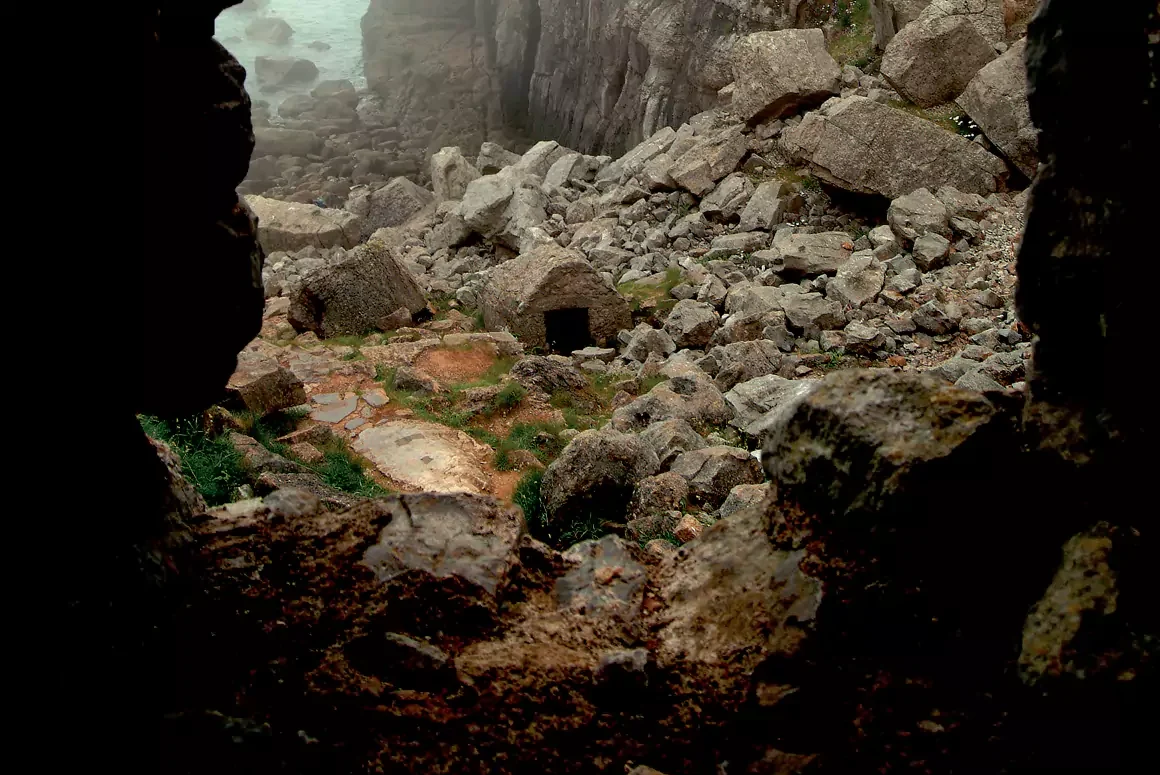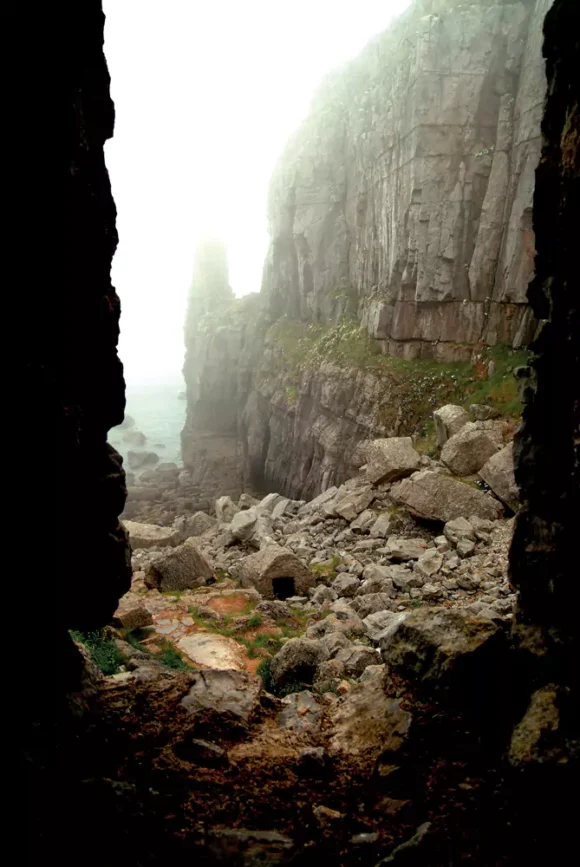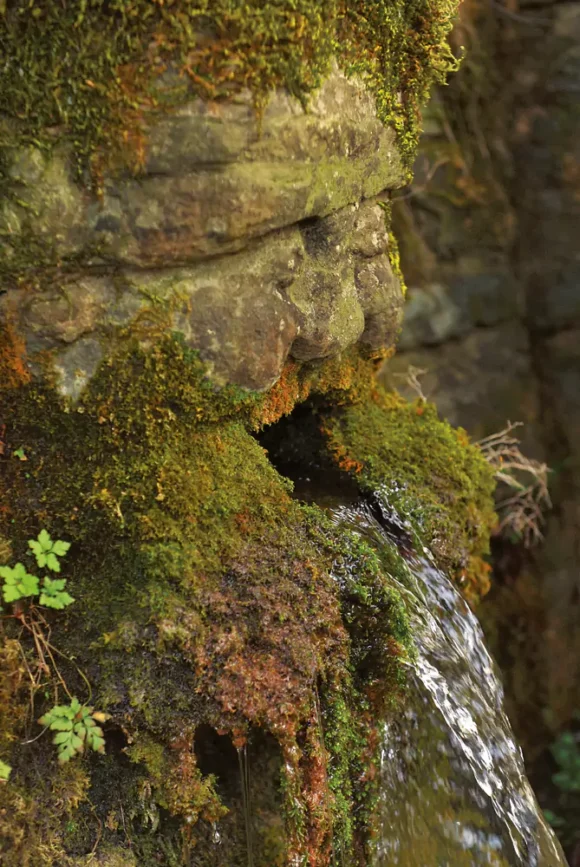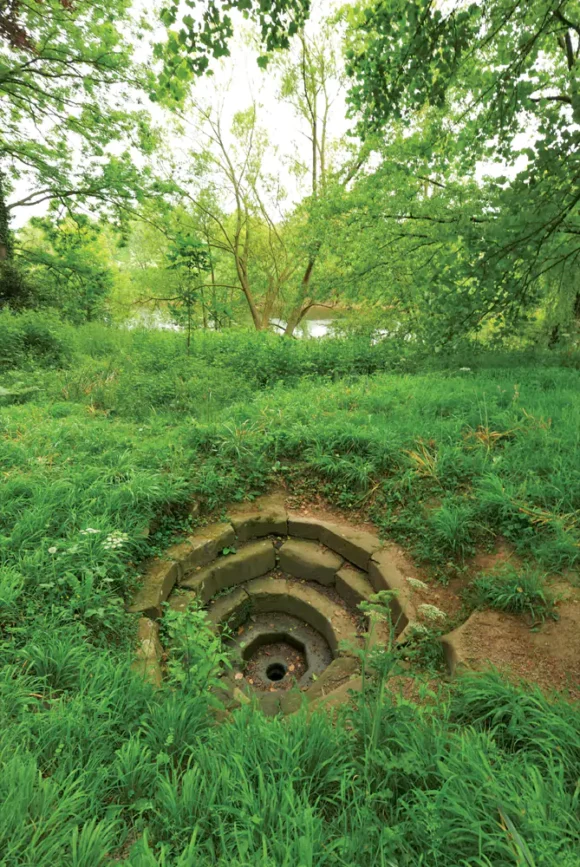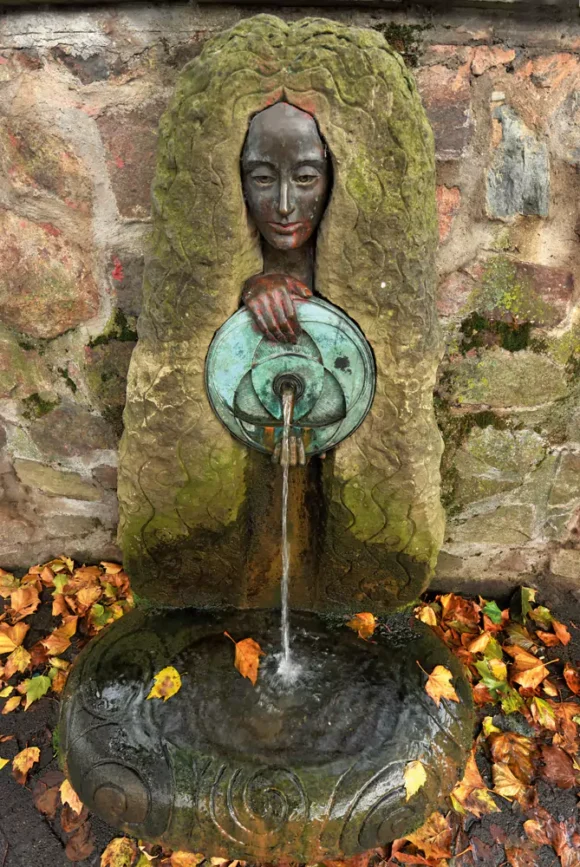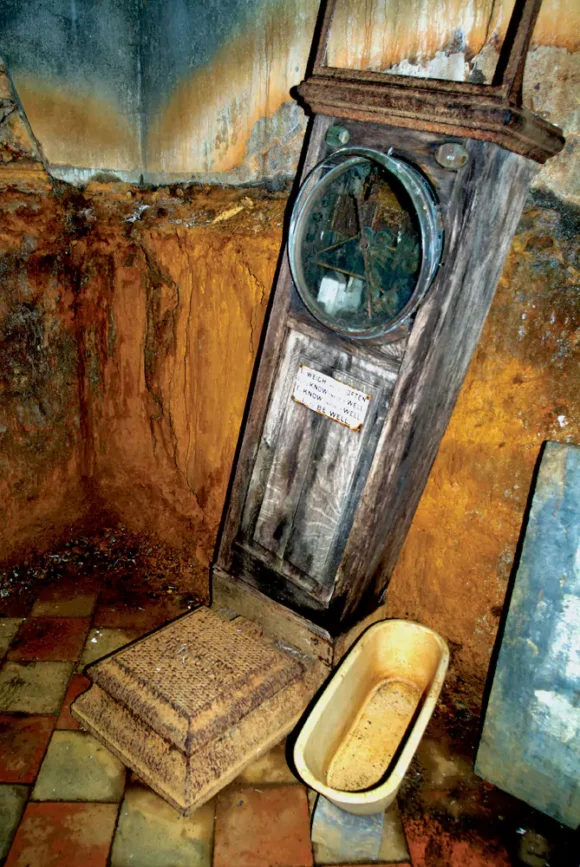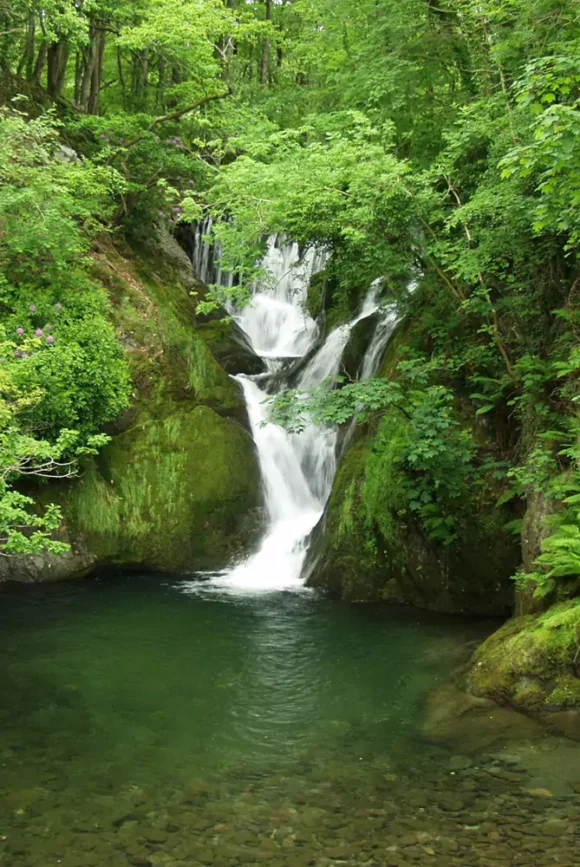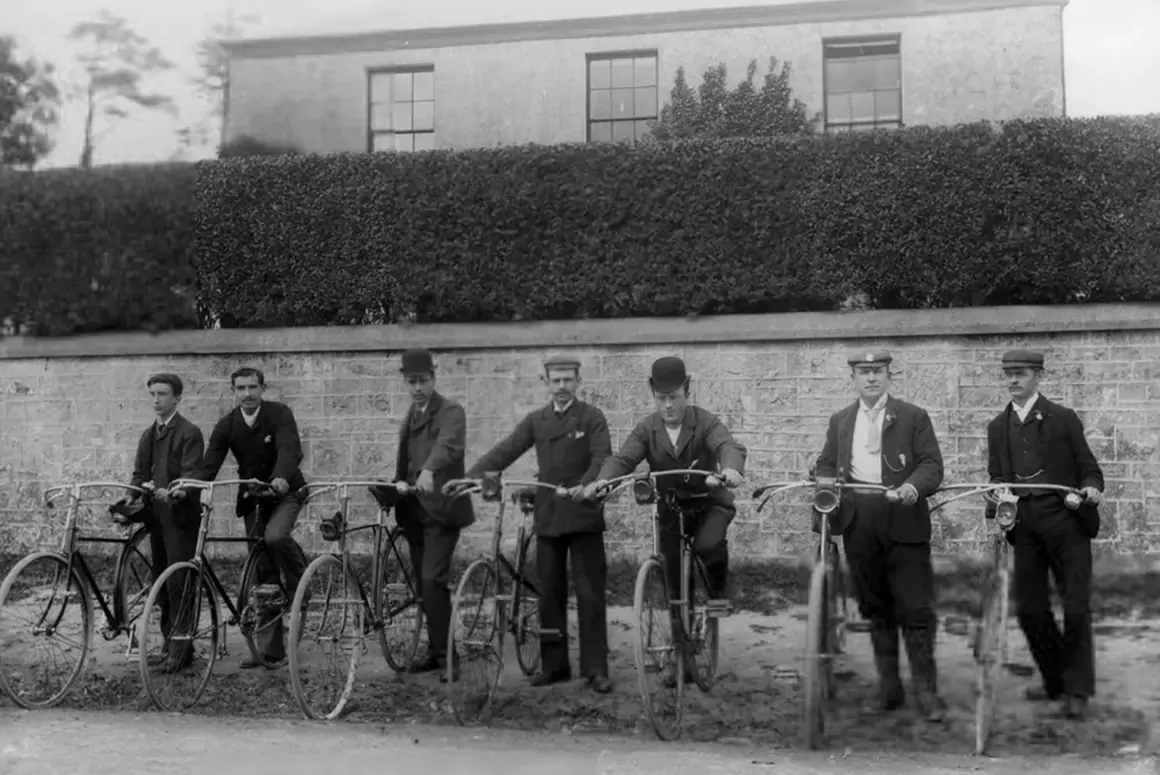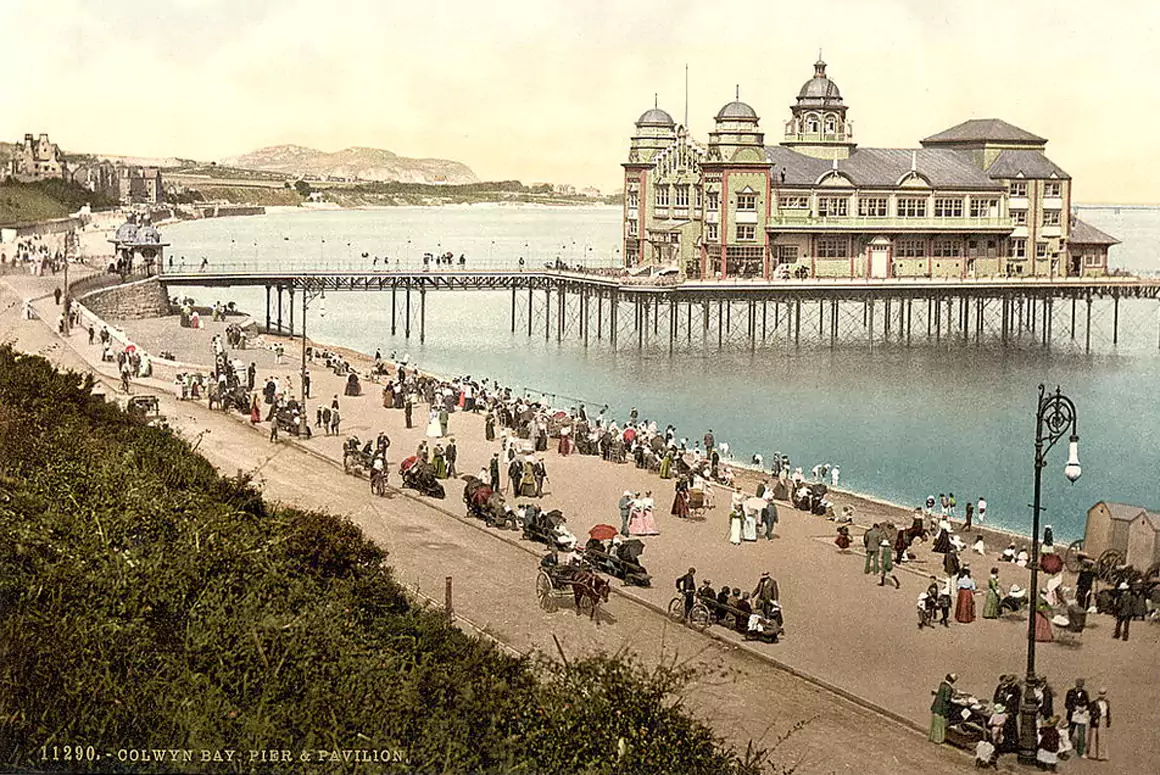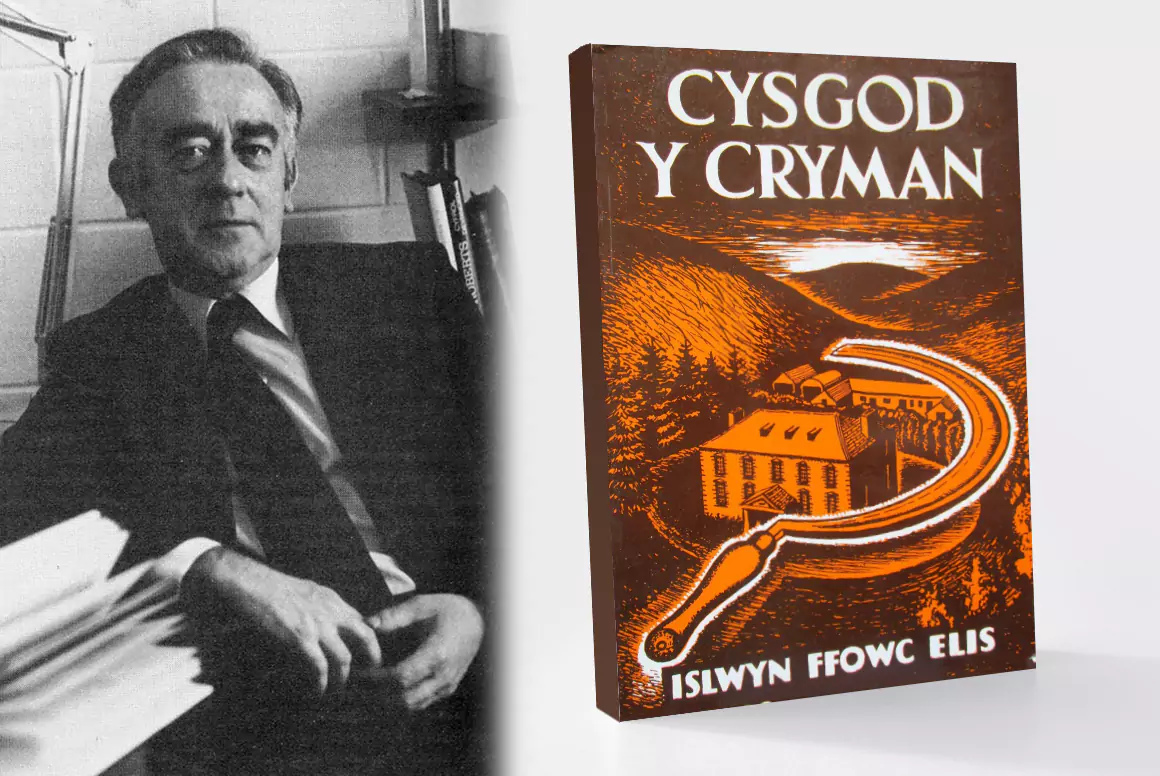In pre-Christian times, water appearing naturally from the hard rock or dry soil of the earth’s belly had a magical significance for our ancestors, not only as an element essential to all life but, just as importantly, as a place where the most powerful of nature spirits resided and where a dialogue with other realities was possible.
These potential portals to another reality grew into centres for elaborate ceremonies and ritual, for story-telling and the presenting of gifts, in return for which the waters could offer the favours of good health, love and fertility. Some wells were believed to predict and sometimes even influence the future, while others could be used to lay curses.
Then, when the Romans arrived on these shores, a new bath house culture was introduced, along with a range of alternative water deities which were regularly married with their local equivalents.
- St Govan's Well, nr Bosherston, Pembrokeshire
- St Peter's Well, Peterchurch, Herefordshire
ST GOVAN’S WELL
Nr Bosherston, Pembrokeshire | Grid Reference: SR 967 928
Looking through the window of St Govan’s tiny vaulted chapel – set fast within the rocks of the sheer cliffs to his now sadly-dry well – this perfect hermitage offers only birds, fish and seals for company.
ST PETER’S WELL
Peterchurch, Herefordshire | Grid Reference: SO 353 388
St Peter at Peterchurch clearly is descended from the pagan Green Man, harking back to the days of the Celts and their cult of the head.
Christian missionaries initially recognised the powers of these sites to sustain and to inspire, re-christening them with new names and allying them to new legends, while essentially retaining their original meanings for ordinary people. It was clear from the start that incorporation rather than destruction of these pagan centres was the only viable option. It was not until the Protestant Reformation of the second half of the sixteenth century that the dominant church decided to undertake a wholesale obliteration of the water cult sites and their beliefs. Thankfully, this was never fully achieved.
Then, in the eighteenth century, science offered a further layer of explanation, encouraging the development of the lucrative spa movement in Britain.
It is these and other rich histories that are explored in my three major, lavishly-illustrated volumes to date: Holy Wells Wales; Holy Wells Cornwall; The Wells at the World’s End: and the most recent Borderlands, new photographs and old tales of sacred springs, holy wells and spas of the Wales / England borders, all published by Seren.
- New Weir Roman Villa and Water Shrine, Swainshill, Herefordshire
- Malvhina Fountain, Great Malvern, Worcestershire
NEW WEIR ROMAN VILLA AND WATER SHRINE
Swainshill, Herefordshire | Grid Reference: SO 437 418
This Romano-Celtic site is thought to have been part of a high-status Roman villa and water shrine of the third or fourth century AD, devoted to the water nymphs which were believed to inhabit the river Wye.
MALVHINA FOUNTAIN
Great Malvern, Worcestershire | Grid Reference: SO 775 459
This new fountain, designed by Rose Garrard working with local people, reflects three of the most significant visual elements of Malvern’s history: ancient Celtic standing stones, medieval religious statuary and Victorian Pre-Raphaelite paintings.
Interest in these sites is increasing enormously, demonstrated not least by the success of these books and the purchase by the National Library of Wales of my photographs for the nation. Later this year, I have been invited, with the poet Suzanne Iuppa, to conduct a lecture tour of the USA on the theme of our sacred springs and holy wells, including prestigious presentations at the North American Festival of Wales, and the Madog Centre in Rio Grande.
One of the most constantly attractive appeals to wellspring sites is their ability to take us on a series of journeys through a vast variety of landscapes; and through history and belief. Beginning with the water cult belief systems of earliest times, passing through the importation of Christianity to these shores, and visiting the discovery of seemingly more rational explanations during the Victorian spa movement, they return us back again today, full circle perhaps, to a more holistic, more open and hopefully more sympathetic relationship with water, rock and earth.
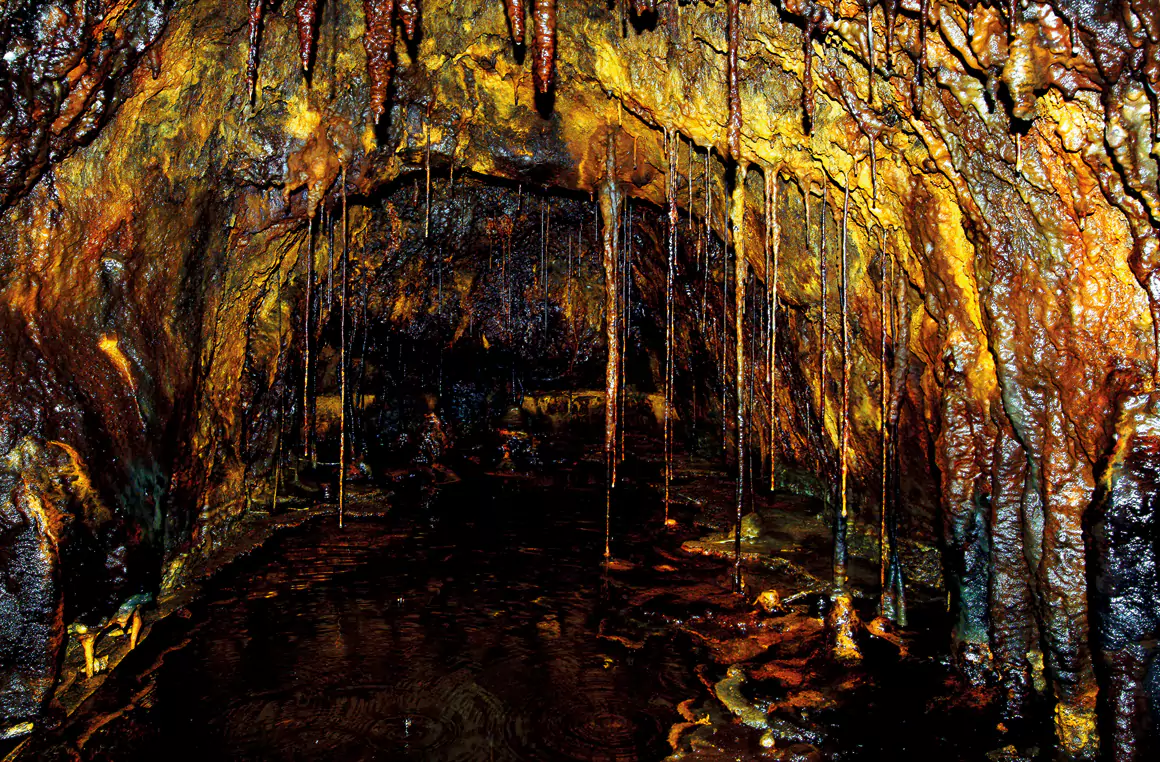
ROMAN WELL
Trefriw Spa, Trefiw, nr Betws-y-Coed, Conwy | Grid Reference: SH 780 652
Once describes as ‘the healthiest place in Wales’, Trefriw was recognized and used by the Romans many centuries before its chalybeate and sulphur-rich waters were developed into one of the country’s most important spa destinations in the early eighteenth-century.
Despite the destruction and neglect of many of our sacred spring and holy wells sites, there are still, thankfully, many enchanted places to visit and, on very special occasions, at which to be inspired at the discovery of an intact well with its watery prize. It’s at these moments that the potential dialogue with these powerful and compelling spaces between our everyday lives and another more strange conviction becomes so enriching and so essential. It’s a journey, I promise you, which will change your life.
- Relics from Trefriw Spa
- Trefriw Spa
RELICS FROM TREFRIW SPA
Trefriw Spa, Trefiw, nr Betws-y-Coed, Conwy | Grid Reference: SH 780 652
An old sign on these weighing scales at Trefriw reads ‘To Weigh Oneself Often Is To Know Oneself Well. To Know Oneself Well Is To Be Well.’
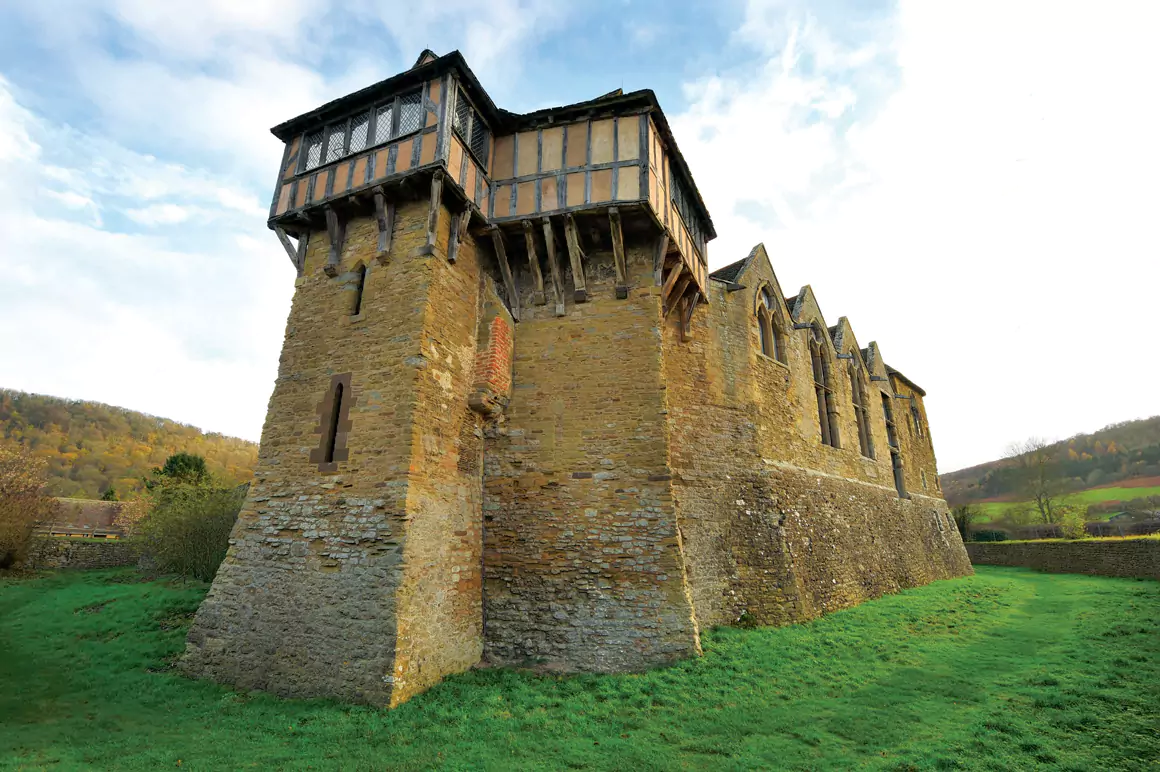
STOKESAY CASTLE
Nr Craven Arms, Shropshire | Grid Reference: SO 437 817
Built in the late thirteenth century on profits from the trade in fine Welsh wool, Stokesay Castle in the valley of the Onny is one of the finest medieval fortified manor houses in Britain. Its well, situated outside of the main fortifications, confirms the Castle’s largely peaceful history.
Words & Pictures: Phil Cope
First published in Welsh Country Magazine May-Jun 2014


